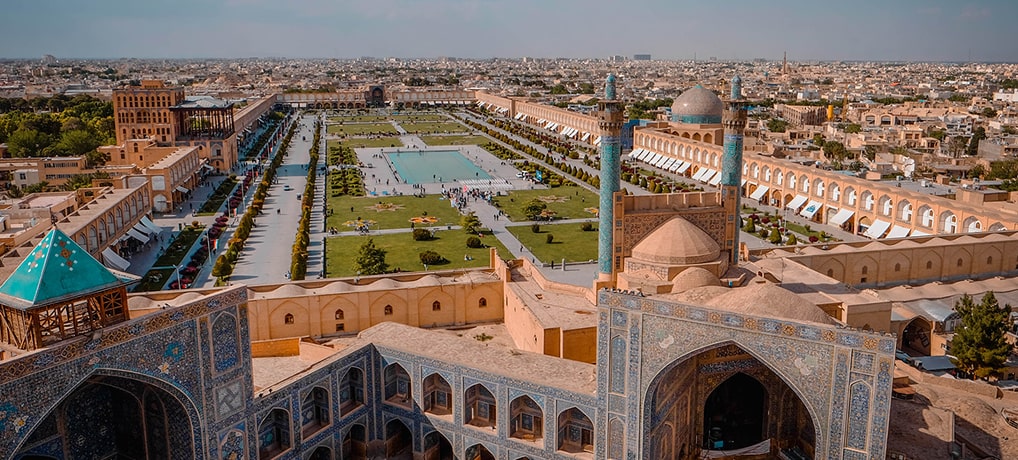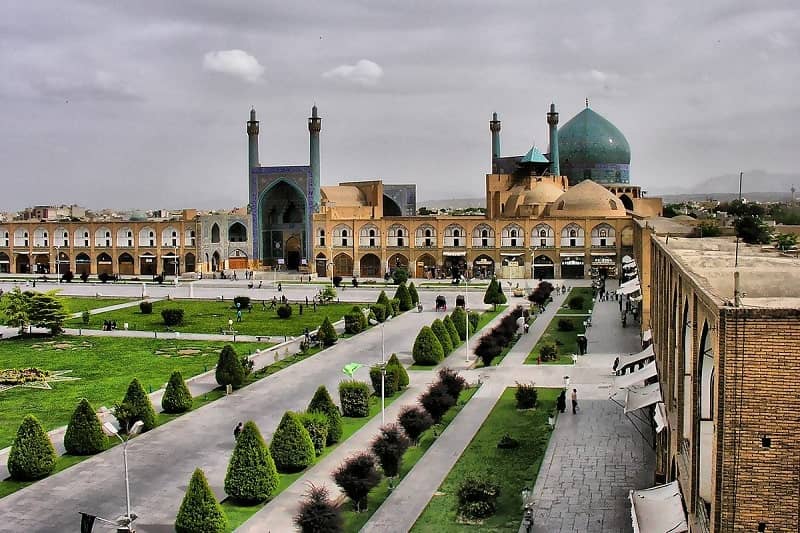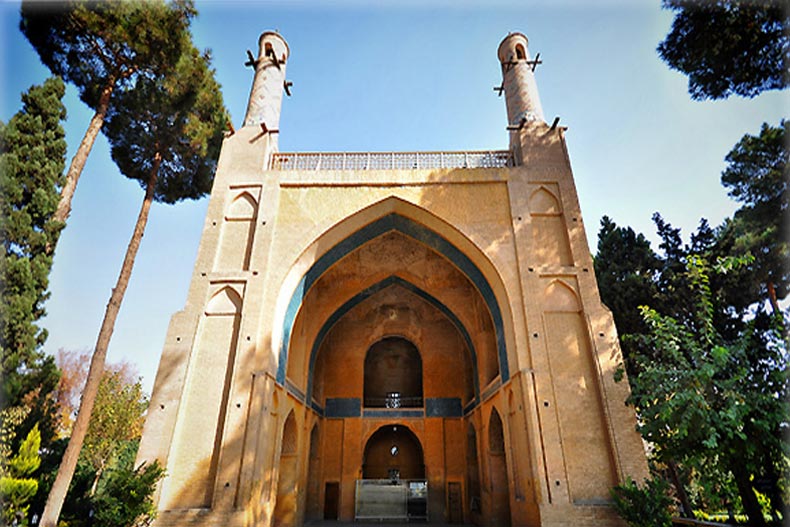Sheikh Baha’i Introduction
Baha’ al‐Din Muḥammad ibn Ḥusaynn Ameli, known as Sheikh Baha’i, is a famous scientist of the Safavid period. At the age of ten, Baha al-Din came to Iran with his father, one of the great scholars of the Levant, and after graduating, he became the Shaykh al-Islam of Isfahan. He set out for Hajj in 1583 and traveled to many Islamic lands; After four years, he returned to Iran as a dervish. Sheikh Baha’i was a famous poet, astronomer, mathematician, mystic, historian, and scientist of the tenth and eleventh centuries A.H in philosophy, logic, astronomy, and mathematics.

Sheikh Baha’i Beliefs
He was a man who detested boasting and pretending; He always spoke about justice and fairness and acted like the righteous, Sheikh Bahaee was always by the side of the people everywhere, served the people of God. He also trained students who, in turn, were among the prominent figures of Persian science and literature. He died in Isfahan in 1652; according to his will, his body was buried in Mashhad, near the eighth Shia Imam’s shrine.
Sheikh Baha’i’s Poems
The best source for compiling Sheikh Baha’i’s poems is Kashkul (The beggar’s bowl), to the extent that some scholars believe that the attribution of poems not found in Kashkul does not belong to Baha’i. He has created outstanding works on prose and poetry and is also familiar with the Turkish language. The Persian poems of this great poet mainly include Masnavi, Ghazals, and quatrains.
Sheikh Baha’i’s famous Masnavi in Persian are:
- The Nan va Halva (Bread and sweets), this Masnavi, as its name suggests, was composed during the Hajj and on the rhythm of Rumi’s Masnavi, also guarantees verses from the Masnavi.
- Nan va Panir (Bread and cheese) are also on the rhythm of Rumi’s Masnavi; it is the Sheikh Baha’i’s closest to Rumi’s Masnavi in terms of content and language.
- Shir va Shekar (Milk and sugar), which is full of passion, despite being short, is full of teachings and sermons with an epic tone.
- Masnavis such as Sheikh Abu al-Hasham, Nan va Khorma (bread and dates), and the Secrets of The Great Name have also been attributed to Sheikh Baha’
Baha’i in Arabic is also a skilled and knowledgeable poet; his works have a remarkable place in Arabic literature. His Arabic couplets have enjoyed a lot of fame and tenderness, most of which are in expressing enthusiasm for the pilgrimage of the Infallible.
Regarding the writing style of Sheikh Baha’i, it is noteworthy that he is skilled that his works are without exaggeration. Jame’ Abbasi is the most significant work of Sheikh Baha’i in Persian, which is a new initiative in writing religious texts.

Sheikh Baha’i Scientific and Civil works
Sheikh Baha’i’s skill in mathematics, architecture, and engineering is well-known; one of the most prominent services of the Sheikh bahaee in making Isfahan prosperous is determining the qibla of the Imam Mosque.
The division of Zayandeh-rud River water into Isfahan neighborhoods and villages adjacent to the river, the construction of a thermal bath, known as the Sheikh Baha’i bathhouse, and the design of the Monar Jonban, which is still standing, is attributed to him. Furthermore, the design of the Najafabad Plain, known as the Zarrin Kemar aqueduct (one of the largest plains in Iran), the engineering of the Najaf fence (Hesar Najaf), the architecture of the Imam Mosque, and the index of setting religious time (sundial) in the Imam Mosque is attributed to Sheikh Baha’i.
In 2009, which coincided with the Year of Astronomy, UNESCO inscribed Sheikh Baha’i on the list of Iranian dignitaries due to his knowledge of astronomy.


